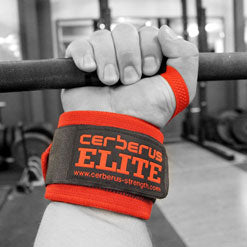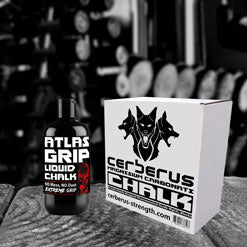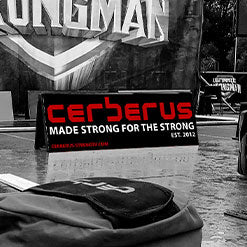
High-Intensity Interval Training (HIIT) has gained significant traction in the fitness world for its efficiency and effectiveness. For strength athletes, integrating HIIT into their strength training regimen can offer substantial benefits, particularly in enhancing conditioning and overall athletic performance. This guide delves into how powerlifters can effectively incorporate HIIT into their routines.
Understanding HIIT and Its Benefits for Strength Athletes:
HIIT involves short bursts of intense exercise followed by brief periods of rest or lower-intensity activity. This training style is not only time-efficient but also boosts metabolism, enhances cardiovascular health, and improves endurance. For strength athletes, whose primary focus is often on maximal strength, incorporating HIIT can lead to improved stamina, better fat loss, and increased muscle endurance, all of which are crucial for well-rounded athletic performance.
Designing a HIIT Routine for Strength Athletes:
1. Tailoring HIIT to Strength Goals: The key is to design HIIT sessions that complement strength training goals. This can include exercises like kettlebell swings, medicine ball slams, or sprint intervals, which enhance explosive power and muscular endurance without causing excessive fatigue.
2. Balancing Intensity and Recovery: HIIT sessions should be intense but should not impede recovery for strength workouts. It's crucial to find the right balance where HIIT enhances conditioning without compromising strength gains.
3. Incorporating Resistance Elements: Adding resistance elements to HIIT, such as weighted sled pushes or pull-ups, can make the training more specific to the needs of the lifter, focusing on both strength and cardiovascular improvements.
Benefits of HIIT for Strength Athletes:
- Enhanced Cardiovascular Fitness: Improved heart health and lung capacity can contribute to better performance during long training sessions and competitions.
- Increased Fat Loss: HIIT is known for its ability to burn a high number of calories in a short period, aiding in fat loss while preserving muscle mass.
- Improved Muscle Endurance: The intense nature of HIIT helps in building muscle endurance, beneficial for powerlifters during high-rep training sessions or competitions.
Implementing HIIT in a Strength Athlete Schedule:
- Timing of HIIT Sessions: Schedule HIIT workouts on days separate from heavy lifting sessions or after a strength workout to ensure it doesn't hinder muscle recovery.
- Frequency and Duration: Start with 1-2 HIIT sessions per week, each lasting about 20-30 minutes, and adjust based on how your body responds.
- Monitoring Progress and Adjustments: Regularly assess how HIIT is impacting your strength training. Adjust the intensity, frequency, and type of HIIT workouts based on your progress and goals.
Integrating HIIT into a strength training regimen can significantly enhance conditioning, cardiovascular health, and muscle endurance. By carefully designing HIIT routines that align with strength goals and ensuring a balance between high-intensity work and recovery, powerlifters can reap the benefits of this dynamic training style. Remember, the key to successfully incorporating HIIT is to tailor it to your specific needs as a strength athlete, ensuring it complements rather than competes with your primary strength training objectives.
Incorporating HIIT into your strength training routine can be a game-changer, offering a range of benefits that extend beyond the platform. With the right approach, HIIT can help you become not just a stronger but also a more well-rounded and resilient athlete.
















































Great article, definitely helpful toward designing a well rounded strength athlete.